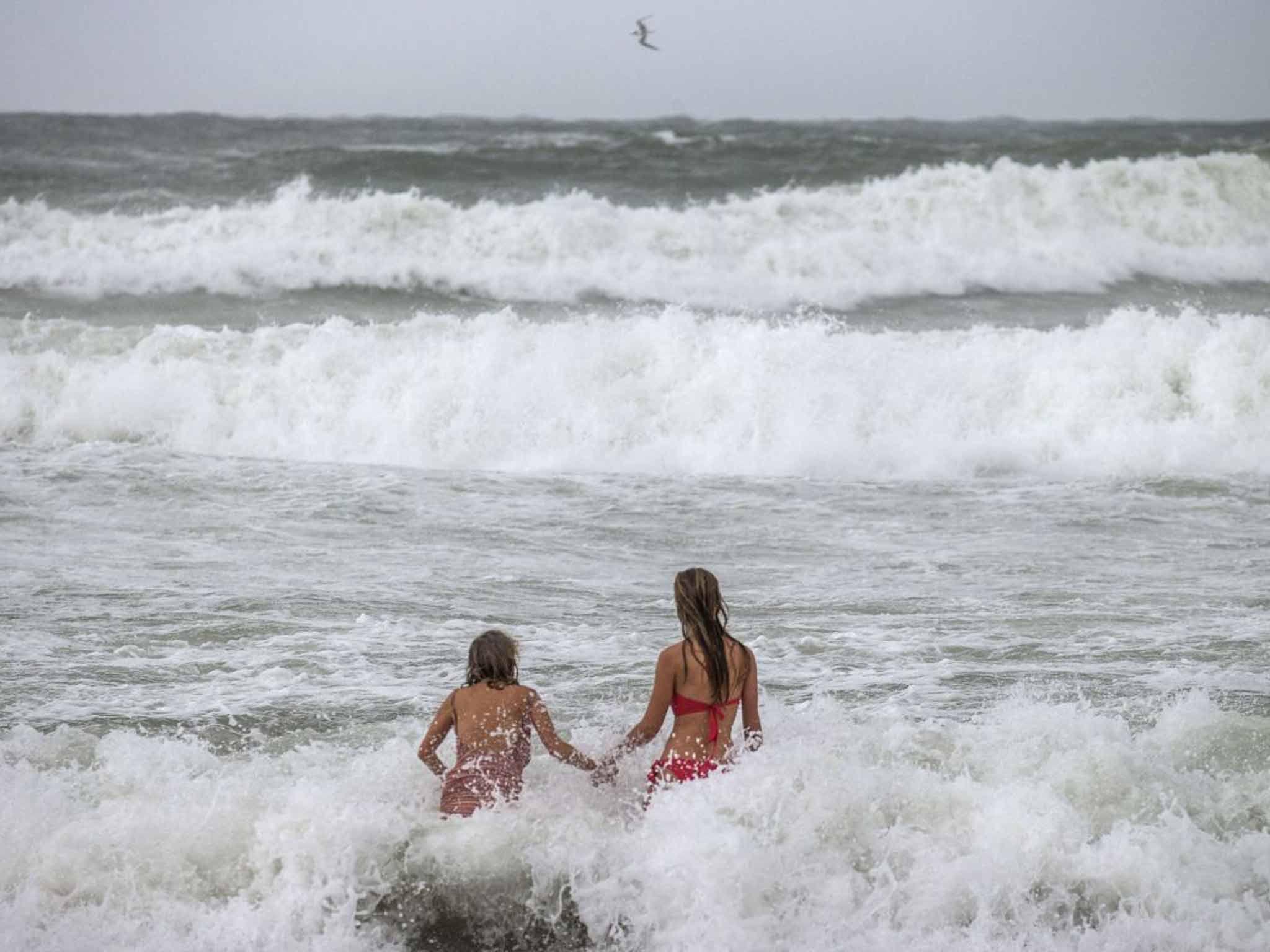How to handle rip tides: Even small rips can move faster than Olympic swimmers
Despite the energy they contain, rips actually look temptingly calm. They are not.

Your support helps us to tell the story
From reproductive rights to climate change to Big Tech, The Independent is on the ground when the story is developing. Whether it's investigating the financials of Elon Musk's pro-Trump PAC or producing our latest documentary, 'The A Word', which shines a light on the American women fighting for reproductive rights, we know how important it is to parse out the facts from the messaging.
At such a critical moment in US history, we need reporters on the ground. Your donation allows us to keep sending journalists to speak to both sides of the story.
The Independent is trusted by Americans across the entire political spectrum. And unlike many other quality news outlets, we choose not to lock Americans out of our reporting and analysis with paywalls. We believe quality journalism should be available to everyone, paid for by those who can afford it.
Your support makes all the difference."Every year, in the UK, around 400 people die from drowning as a result of an accident in or around water," says the Royal Society for the Prevention of Accidents. A number of these are bathers who get caught in rip currents, which can turn a dip in the sea into a battle for survival. One of the top international campaigners is Dr Rob Brander of the University of New South Wales in Australia. He has produced an excellent safety guide that you can read here: bit.ly/RipSafe.
It explains that rips are strong, narrow currents of seawater flowing from the beach out to sea after waves have broken. "The bigger the waves, the stronger the rip," says Dr Brander. "Think of them as rivers of the sea. Even small rips can move faster than Olympic swimmers and can carry you more than 50 metres out in less than a minute."
The best way to avoid rips is not to be caught in one. Despite the energy they contain, rips actually look temptingly calm. They are not.
Dr Brander advises you to spend five or 10 minutes looking at the surf to identify consistently darker and calmer areas that extend offshore between the breaking waves. "Rips also carry things, so look for moving sand, seaweed, foam and people," he says
In the unfortunate event that you are caught in one, never try to swim against the rip, because you will rapidly become exhausted. In line with RNLI advice, you should adopt a strategy that is either passive or proactive:
"A passive strategy requires the swimmer to either float or tread water and wait for a rescue or for the rip to return them to the beach (in the case of a re-circulating rip current). A proactive strategy requires swimming or paddling out of the rip current to a region of safety, e.g. across the rip flow to a shallower sandbar."
Dr Brander's final word: "Rips are only dangerous if you don't understand what they are and you are not a good swimmer."
Join our commenting forum
Join thought-provoking conversations, follow other Independent readers and see their replies
Comments